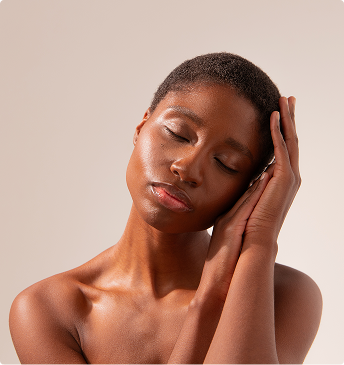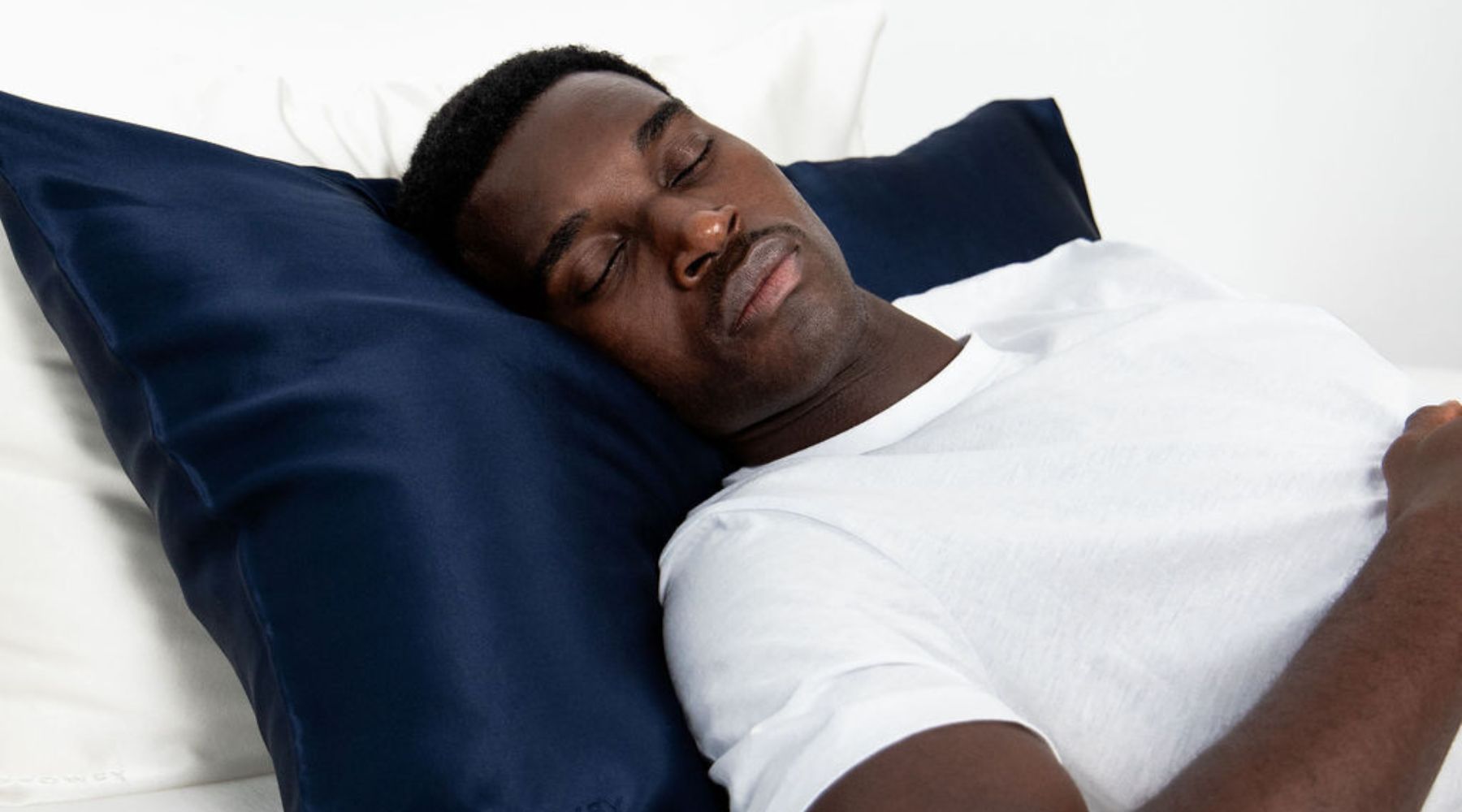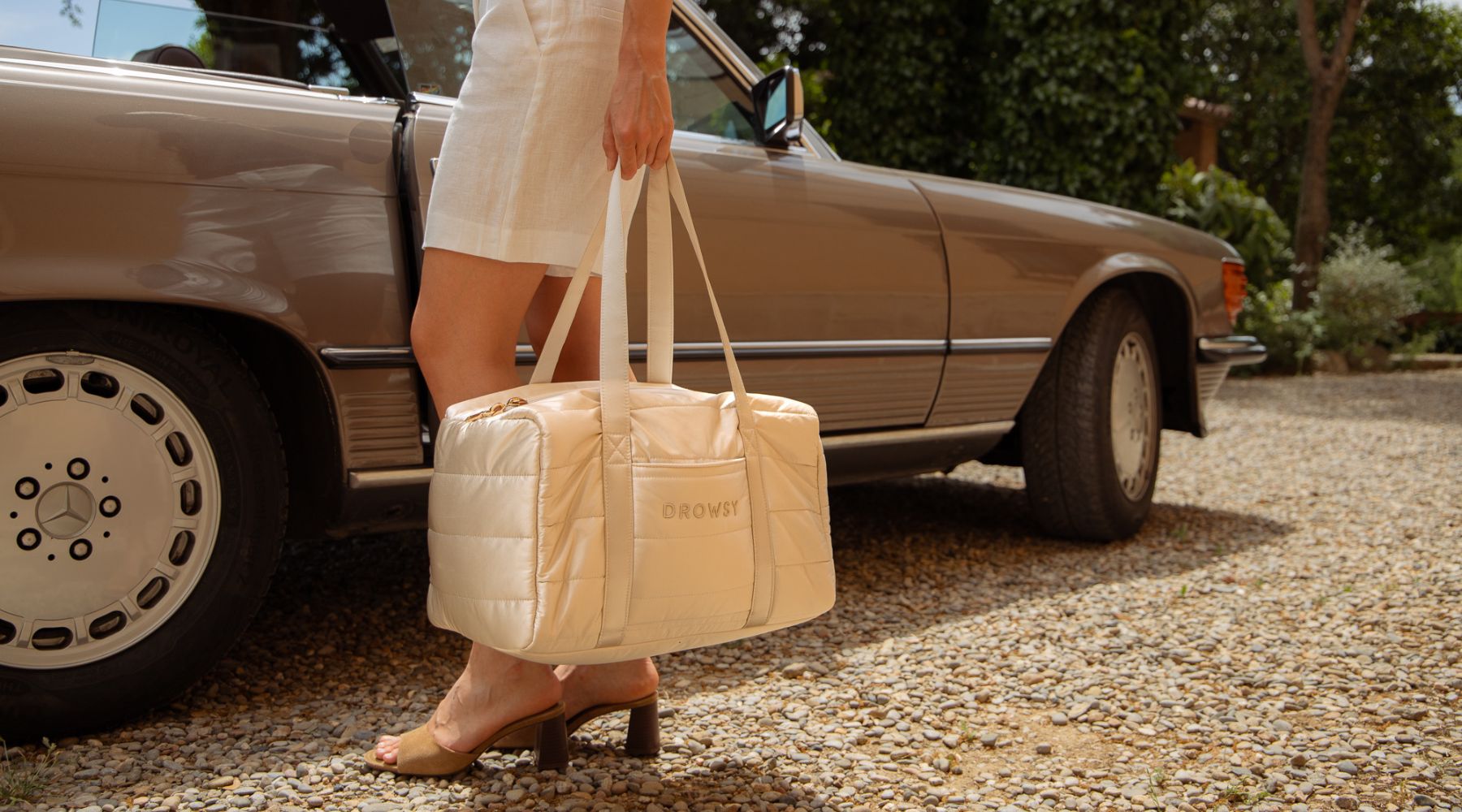What are the different types of silk weaving?
When people think of silk, they often imagine glossy, smooth fabric. But silk can look and feel completely different depending on how it’s woven. Some silk fabrics are sheer and crisp, others heavy and matte, and some shimmer with silver threads.
That’s the beauty of silk. The silk fibres are versatile, and the weaving process is what creates so many silk fabric types. From airy chiffon to structured taffeta, there’s a silk for nearly every use.
The basics: how silk is woven
Most weaving comes down to how the warp and weft yarns are arranged. The warp yarns run vertically, while the weft yarns are woven horizontally through them. Change the pattern, tension, or density, and you get a completely different outcome. A plain weave is the simplest: think of over-under-over-under. From there, variations like satin weave or twill create distinctive textures.
And while mulberry silk is the most common fibre used today (from domesticated silkworms), you’ll also find wild silk varieties like tussah silk, which are slightly coarser. Both can be woven into a huge range of fabrics, from everyday silk garments to more premium silk fabrics used for interiors or couture.

Exploring popular silk fabric types
1. Plain weave silks
Habotai silk
Often called China silk, habotai silk is a lightweight, plain-weave fabric known for its smooth, even surface. It’s one of the most affordable and versatile fabrics, often used as lining in silk garments or for silk painting because it takes dye so beautifully. Despite being light and simple, habotai still carries that signature silk sheen. It’s a go-to when you want a soft fabric without breaking the bank.
Gauze silk
Gauze silk is another lightweight fabric made with a plain weave, but it’s much more open and airy. The loose construction makes it sheer and breathable, often used for overlays, scarves, or decorative purposes. It’s delicate, almost transparent, and works best layered over other silk fabrics.
2. Satin weave silks
Silk satin
Probably the most famous of all silk fabrics, silk satin is woven using a satin weave. That’s what gives it the glossy, almost reflective surface on one side and a duller finish on the other. Satin is often associated with luxury (evening gowns, lingerie, or high-end bedding). A pure silk satin feels incredibly smooth against the skin, which is why it’s such a popular choice for silk bedding and pillowcases.
3. Twill weave silks
Silk twill
As the name suggests, silk twill is made with a twill weave—diagonal lines that run across the fabric. This weave makes it strong and drapey, with a subtle texture that’s less slippery than satin. Luxury scarf houses often use chiffon silk or silk twill for printed designs because it holds patterns beautifully. It’s a medium-weight fabric that balances structure with flow.
4. Crepe silks
Silk crepe
Silk crepe is woven with tightly twisted yarns, which give it a slightly crinkled surface and matte finish. It drapes elegantly and resists wrinkling, making it popular for dresses and blouses. It’s one of those silk fabrics that looks understated at first glance but feels incredibly sophisticated when worn.
5. Chiffon and organza
Silk chiffon
Silk chiffon is sheer, lightweight, and a little bit rough to the touch (thanks to the twisted yarns used). It floats beautifully, often used in eveningwear, scarves, and layered gowns. It’s not the most durable, but it adds movement like nothing else.
Silk organza
If chiffon is fluid, silk organza is its structured cousin. Also sheer and crisp, organza holds its shape, which makes it ideal for bridalwear, formal dresses, and overlays that need body. Designers love it because it can create dramatic silhouettes without weight.

6. Heavier silks
Taffeta silk
Taffeta silk is a crisp, smooth fabric made with a plain weave. It rustles when you move and has a natural shine. It’s often used for ball gowns or structured skirts because it holds shape so well.
Silk velvet
Velvet isn’t technically a weave—it’s a pile fabric—but silk velvet deserves a mention. It combines silk with a short, dense pile for that unmistakable soft, plush feel. Historically, it was often woven with gold and silver threads for royalty and ceremonial attire. Today, it’s still one of the most opulent silk fabrics.
7. Speciality silks
Raw silk
Unlike fully processed mulberry silk, raw silk has a more textured, nubby finish. It feels less glossy and more natural, sometimes closer to linen. It’s often used in silk garments where a casual look is desired.
Tussah silk
Tussah silk (sometimes spelt “Tussar”) comes from wild silkworms, so it tends to be coarser and darker than mulberry. Still, tussah silk has a beautiful, earthy feel and is prized in regions where it has been traditionally woven. You’ll often see it in saris, shawls, or artisanal fabrics.
Spun silk
While most silk is reeled in long filaments, spun silk is made from shorter fibres. It’s less lustrous than reeled silk but still soft and versatile. Think of it as silk’s equivalent to cotton jersey—approachable, everyday, and practical.
Why silk weaving matters
The variety of silk produced across centuries reflects not just fashion, but culture and technology. At Drowsy, while we focus on mulberry silk for our sleep accessories—pillowcases, sleep masks, scrunchies—we celebrate all silk fabrics for their artistry. Explore our premium silk products and bring the comfort of timeless craftsmanship into your everyday routine.






